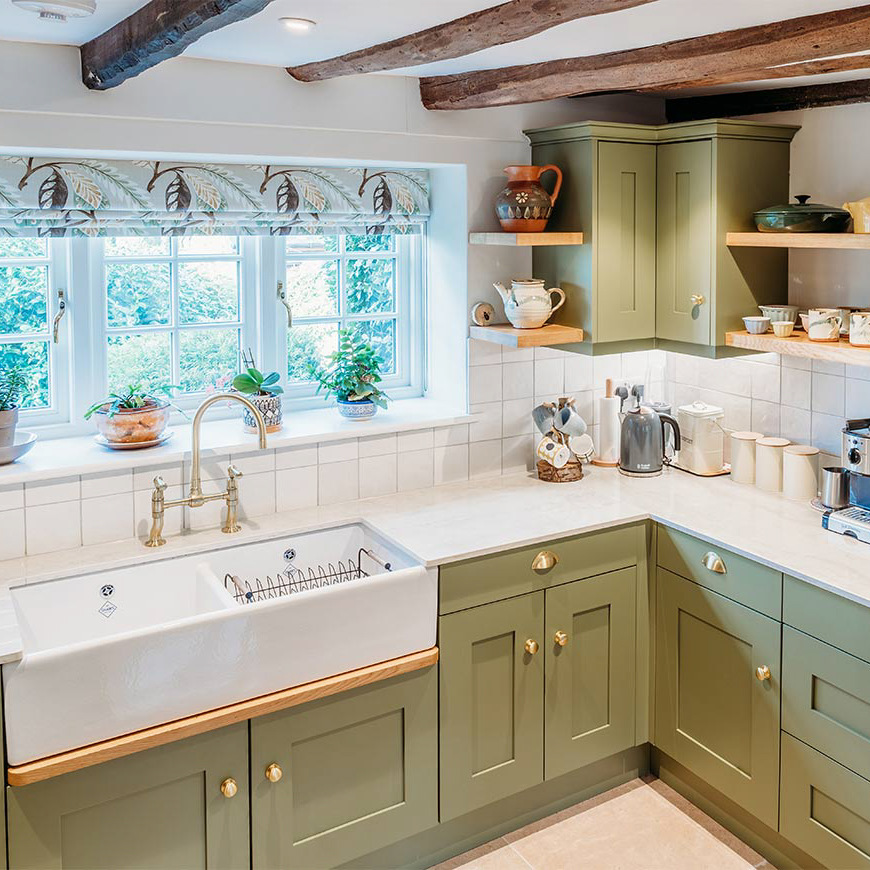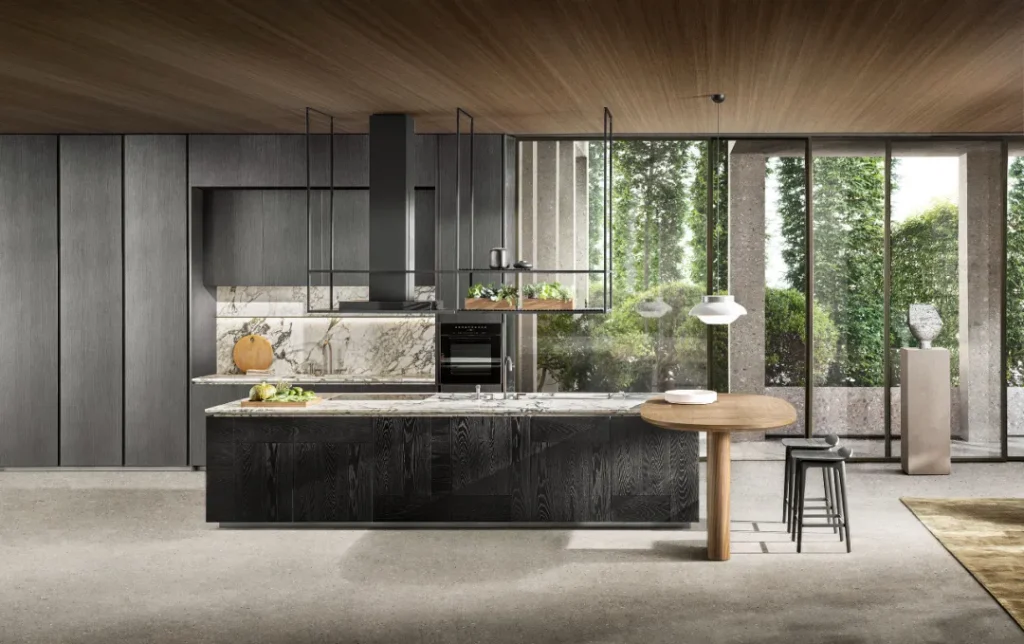The Allure of Oriental Wood: Its Cultural Significance and Timeless Beauty

Introduction
Oriental wood has been used in traditional furniture making for thousands of years, and its beauty and durability continues to captivate people all over the world. In this article, we will explore the cultural significance of Oriental wood and its timeless appeal.
Cultural Significance of Oriental Wood
Oriental wood has played an important role in traditional Chinese culture for centuries. In ancient China, furniture was not only a functional item but also a symbol of social status and taste. The use of high-quality wood such as rosewood, ebony, and teak was reserved for the elite and wealthy families. These woods were prized for their rich colors, intricate grain patterns, and resistance to decay.
In Japan, traditional architecture also relied heavily on the use of wood. Japanese temples, shrines, and homes feature intricate wooden structures that highlight the natural beauty of the material. The Japanese concept of “wabi-sabi” emphasizes the beauty of imperfection and celebrates the natural aging and patina of wood over time.
The Timeless Beauty of Oriental Wood
The beauty of Oriental wood is not limited to its cultural significance but also its natural aesthetic qualities. Oriental wood often features unique grain patterns and colors that are unmatched by other materials. Additionally, many Oriental woods such as teak and mahogany are known for their durability and resistance to decay, ensuring that furniture pieces made from these woods can last for many years.
Another factor that adds to the timeless appeal of Oriental wood is its versatility. Oriental wood can be crafted into a wide range of furniture styles, from ornate and intricate traditional Chinese and Japanese designs to modern and sleek pieces that fit into contemporary interiors.



